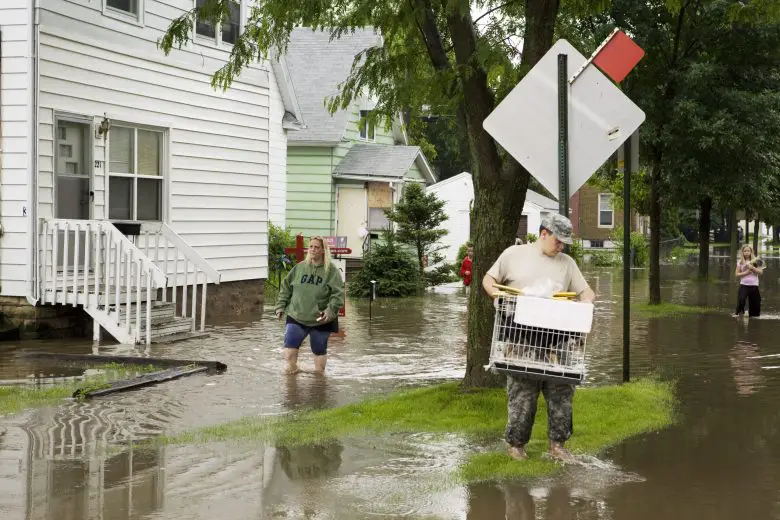This goes beyond the technicalities of the policy. It is about what happens when economic realities clash with changing consumer expectations, aging populations, and climate change—and how governments are being compelled to step in when traditional insurers are reluctant.InsuranceCrisis
Property insurance is the one area where this is most noticeable, particularly in coastal states like Florida that carry a high risk. Many homeowners found themselves underinsured or caught in the limbo between flood and wind damage after Hurricane Ian wreaked havoc across the area. State-run insurers are shouldering more of the load as private companies reconsider their willingness to cover disaster-prone regions.
Forecasters are raising the standard warnings as the 2023 Atlantic hurricane season approaches, but actuaries and state representatives are also rushing to update risk models and coverage frameworks. In the meanwhile, before the next storm strikes, insurers need to do a better job of explaining to policyholders what is and is not covered.
The use of state-sponsored insurers of last resort—which are no longer marginal players—is increasing in Florida, California, and Louisiana. They were never meant to have such a long-term function, but in certain counties they have taken over as the major market force.
The Transition of the Public to Long-Term Care
However, property insurance is not the only trend in this area. Another area of fault is long-term care, and the fissures are getting bigger. States like Washington are experimenting with new kinds of long-term care insurance since private coverage is becoming more and more costly and scarce.
The first public long-term care program in the United States was recently launched in Washington, and Missouri and California have hinted that they might soon follow suit. Even while some detractors contend that these public initiatives are insufficient to adequately address end-of-life expenses, they represent a significant change as the government enters a market that has hitherto been controlled by private carriers.
For insurers who have historically provided long-term care policies, this action has wide-ranging effects. It might lead to competition. Additionally, it can push carriers to completely rethink product design or create new cooperation structures.
The Data Dilemma: AI, Risk, and Fairness
Data, on the other hand, is another tension that is seething beneath the surface. Some states are starting to push back, enacting legislation that restricts the data points that can be used to price premiums, as insurers compete to utilize AI and advanced analytics to improve underwriting.
Advocates claim that these actions are required to safeguard consumer privacy and stop discrimination. However, insurers caution that excessively severe limitations may make it more difficult to determine actual risk, particularly as behavioral data and climate models advance in sophistication.
Risk’s Future Is a Public-Private Conflict
What does this leave us with, then?
The conventional lines separating the insurance sector from the government are eroding. More risk is being taken on by public bodies, sometimes voluntarily and frequently out of necessity. Private insurers, however, are negotiating a complex web of changing regulations, reduced margins, and new demands.
Customers may benefit from increased baseline support as they age or broader access to coverage in high-risk locations. However, it also adds complexity, particularly in regards to who is covered and under what circumstances.
The future of risk in the United States might lie in the tense tango between the public and private sectors. Furthermore, this hybrid approach may become not just common, but crucial as lifespans increase, climatic disasters escalate, and AI continues to upend the fundamentals of how we price and defend against risk.



